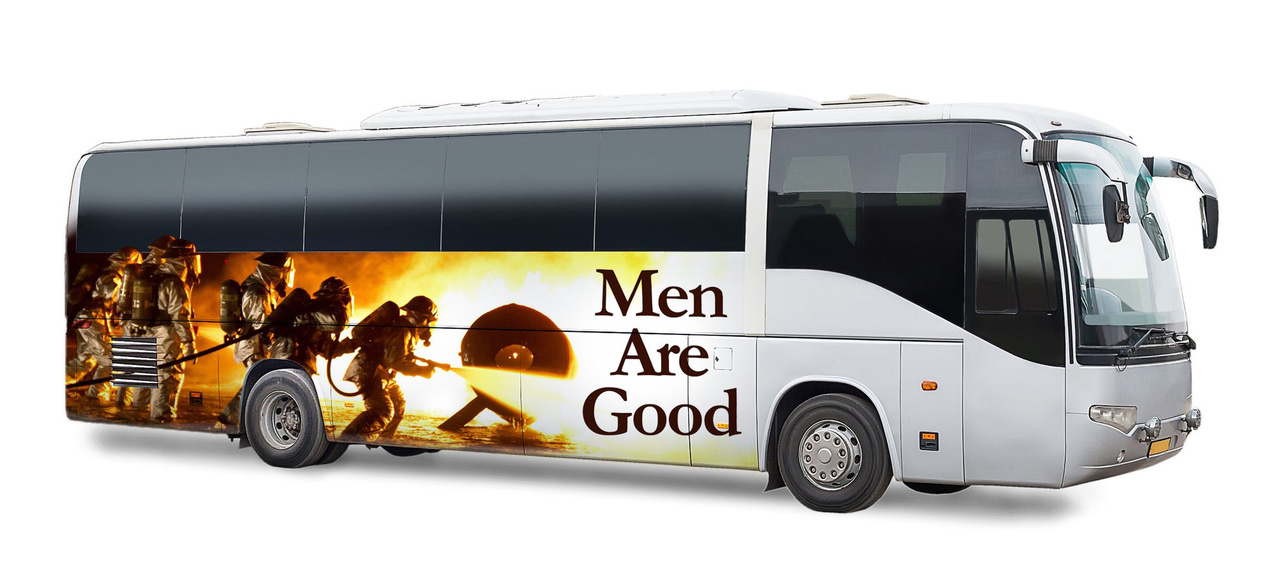
MenAreGood Substack
MenAreGood offers a sharp red-pilled contrast to the default negative cultural views of masculinity.
By registering you agree to Substack's Terms of Service, our Privacy Policy, and our Information Collection Notice

MenAreGood offers a sharp red-pilled contrast to the default negative cultural views of masculinity.